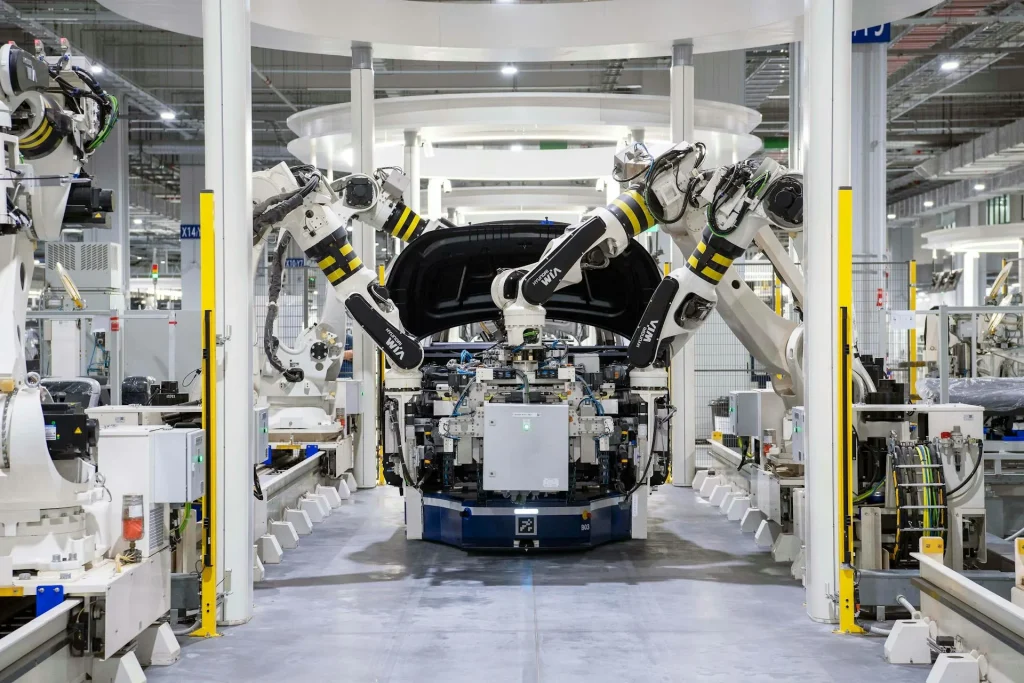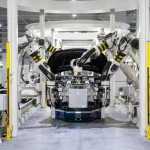The automotive industry keeps evolving as new technologies reshape how vehicles come to life. Automakers focus on higher quality of Automotive quality, better performance, and faster production. New tools help engineers detect issues early, improve designs, and streamline operations. These innovations also support safer roads and smoother driving experiences. As car buyers demand more reliability and smarter features, manufacturers look for solutions that help them deliver consistent results.
This article explores the modern innovations that support better quality and higher efficiency in today’s automotive world.
Smarter Materials for Stronger and Lighter Vehicles
Modern vehicles rely on materials that support safety, strength, and better fuel use. Automakers now use high-strength steel, aluminum alloys, and advanced composites to build structures that hold up well without adding extra weight. These materials help teams create cars that move with more efficiency because lighter bodies require less energy. Stronger materials also protect passengers better by improving how the vehicle handles impact. Engineers choose these materials to improve durability, reduce wear, and help cars remain reliable through years of use.
Augmented Reality (AR) in Modern Manufacturing
AR has become a helpful tool across many manufacturing steps. Workers can see digital instructions over real-world parts, which helps them complete detailed tasks with more accuracy. AR automotive tools guide technicians during assembly, inspection, and maintenance, which reduces the chance of error and makes the process smoother. It also offers a strong training method because new workers can learn complex tasks faster with real-time visual support. Engineers use AR to check parts more closely and compare them with digital models, which helps them fix issues early. With clearer guidance, safer procedures, and faster learning, AR improves both quality and speed in automotive production.
Advanced Robotics Supporting Faster Production
Modern factories depend on robotics to handle work that requires consistency and precision. Robots complete tasks such as welding, painting, and part installation with steady results each time. This helps reduce defects because the machines follow the exact same process for every cycle. Collaborative robots work beside human teams to handle repetitive or heavy tasks, which helps reduce strain and injury. By taking care of the jobs that demand perfect repetition, robots free workers to focus on skills that need human judgment. As robotics grow more flexible and easier to program, automakers improve speed without giving up quality.
Real-Time Quality Monitoring Systems
Quality standards rise each year, and real-time monitoring helps teams keep up. Sensors track temperature, pressure, alignment, and other measurements during production. When something shifts out of range, systems alert technicians right away so they can fix the issue before it affects more parts. This prevents large batches of defects and cuts down on rework. Data from these systems also helps engineers learn more about where problems start. They can adjust tools, improve workflows, and reduce waste. Real-time monitoring creates a smoother process because workers always know how each step performs at that moment.
Predictive Maintenance for Better Uptime
Manufacturing equipment needs constant care to run at its best. Predictive maintenance uses data from machines to help teams plan repairs before an issue slows production. Sensors track vibration, temperature changes, and unusual patterns that might show a part is wearing down. Instead of waiting for a breakdown, technicians schedule service at the right time. This reduces downtime and prevents expensive interruptions.
AI-Assisted Design and Engineering
AI gives engineering teams stronger tools to improve how they design and refine new vehicles. It helps reduce development time because it processes large sets of data and creates multiple design options in less time. Engineers use these insights to test ideas, explore new structures, and adjust models with more confidence. AI can also identify areas where a design may need more support or more efficient shaping. This helps teams create vehicles that perform better on the road and meet safety goals without slowing down the development process. As AI tools grow more accurate, engineers gain better support for their daily work and deliver improvements that matter to drivers.
Electric Powertrain Improvements
Electric powertrains continue to grow stronger as new technology increases efficiency and range. Advances in battery cells help vehicles store more energy without adding too much weight. Better cooling systems also support safer and more stable battery performance. Electric motors now run with greater power while using energy more effectively, which gives drivers smoother acceleration and longer travel times. Automakers also improve charging systems so they work faster and stay reliable. These upgrades help electric vehicles fit more lifestyles and driving needs. As these systems improve, manufacturers bring more choices to the market and encourage drivers to take an interest in cleaner transportation.
Smart Supply Chain Tools
Automotive production depends on steady supply chains, and digital tools now help teams manage this work with more confidence. Real-time tracking shows where materials and parts move at each step, which helps reduce delays. Teams can adjust plans when they see early signs of disruption instead of waiting for problems to grow. Digital platforms also help manufacturers talk with suppliers more clearly so everyone stays aligned on orders and timelines. These tools reduce errors and prevent shortages because teams can see issues before they affect production. With better visibility, supply chains handle demand changes more smoothly.
In-Vehicle Software Upgrades and Diagnostics
Modern vehicles work through complex software systems that manage performance, safety tools, and comfort features. Over-the-air updates allow automakers to improve these systems without asking drivers to visit a service center. Drivers receive new features, better stability, and important fixes through remote updates that install with little effort. Advanced diagnostics also help technicians identify issues faster and more accurately. Vehicles can track patterns, spot irregular behavior, and send information that supports quicker repairs. These improvements help drivers enjoy a smoother experience over the life of the vehicle and reduce the stress that comes from unexpected problems.
Sustainability Innovations in Production
Manufacturers now focus on cleaner and more efficient ways to build vehicles. New methods help factories use less energy and reduce harmful emissions. Waste reduction programs limit the amount of unused material and encourage better recycling. Teams also explore water-saving systems and cleaner production processes to support long-term environmental goals. These improvements help companies meet regulations and show their commitment to responsible manufacturing.
As the automotive industry introduces these innovations, one clear idea stands out: progress does not come from a single breakthrough. It grows from many steady improvements that help workers, support drivers, and strengthen manufacturing. These technologies point toward a future where efficiency and responsibility work together. By moving in this direction, automakers shape a landscape where quality rises, challenges become easier to manage, and new possibilities open for everyone who depends on reliable transportation.







